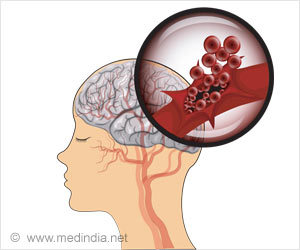Additionally, participants’ distress levels after viewing potentially triggering material were the same regardless of whether or not they received a warning.
“When people see trigger warnings it makes them feel anxious, but that anxiety doesn’t seem to be any sort of helpful emotional preparation,” Bridgland said.
Advertisement
“We need more strategies to give people versus just putting a warning on something and assuming that is going to give them a toolkit for mental health.”
Bridgland, Jones, and Bellet reached their conclusions by comparing the results of 12 studies about the effects of content warnings on participants’ negative emotional reactions, avoidance behavior, and comprehension.
The majority of these studies included a mix of participants who were trauma survivors and people who did not report a history of traumatic experiences. The researchers’ analysis resulted in four findings:
- Warnings increase anticipatory anxiety. Across five studies, participants who read content warnings were more anxious before viewing potentially triggering material than those who did not.
- Warnings did not influence emotional reactions to content. Across nine studies, content warnings did not affect participants’ feelings of distress, fear, or anxiety after viewing sensitive content.
- Warnings do not increase avoidance. Across five studies, participants viewed troubling content at about the same rate regardless of whether or not they received a trigger warning.
- Warnings do not impact comprehension. Across three studies, content warnings did not affect participants’ understanding of written material.
Separating Advocacy from Efficacy
“Existing published research almost unanimously suggests that trigger warnings do not mitigate distress,” Bridgland and colleagues wrote.
“Indeed, trigger warnings (including those used in the current studies) typically warn people about the distressing reactions they may have but do not explain how to reduce these reactions.”
These findings also suggest that people do not use content warnings to avoid viewing triggering content, even when they have the option to do so, the researchers noted.
This may be due to a “forbidden fruit” effect, which could make potentially aversive material more tempting to viewers.
Given that many people do not use content warnings to avoid troubling material, Bridgland’s ongoing research suggests that emotional regulation training could help people use these warnings to better prepare themselves beforehand.
Reference :
- A Meta-Analysis of the Efficacy of Trigger Warnings, Content Warnings, and Content Notes
– (https://journals.sagepub.com/doi/10.1177/21677026231186625)
Source: Eurekalert



